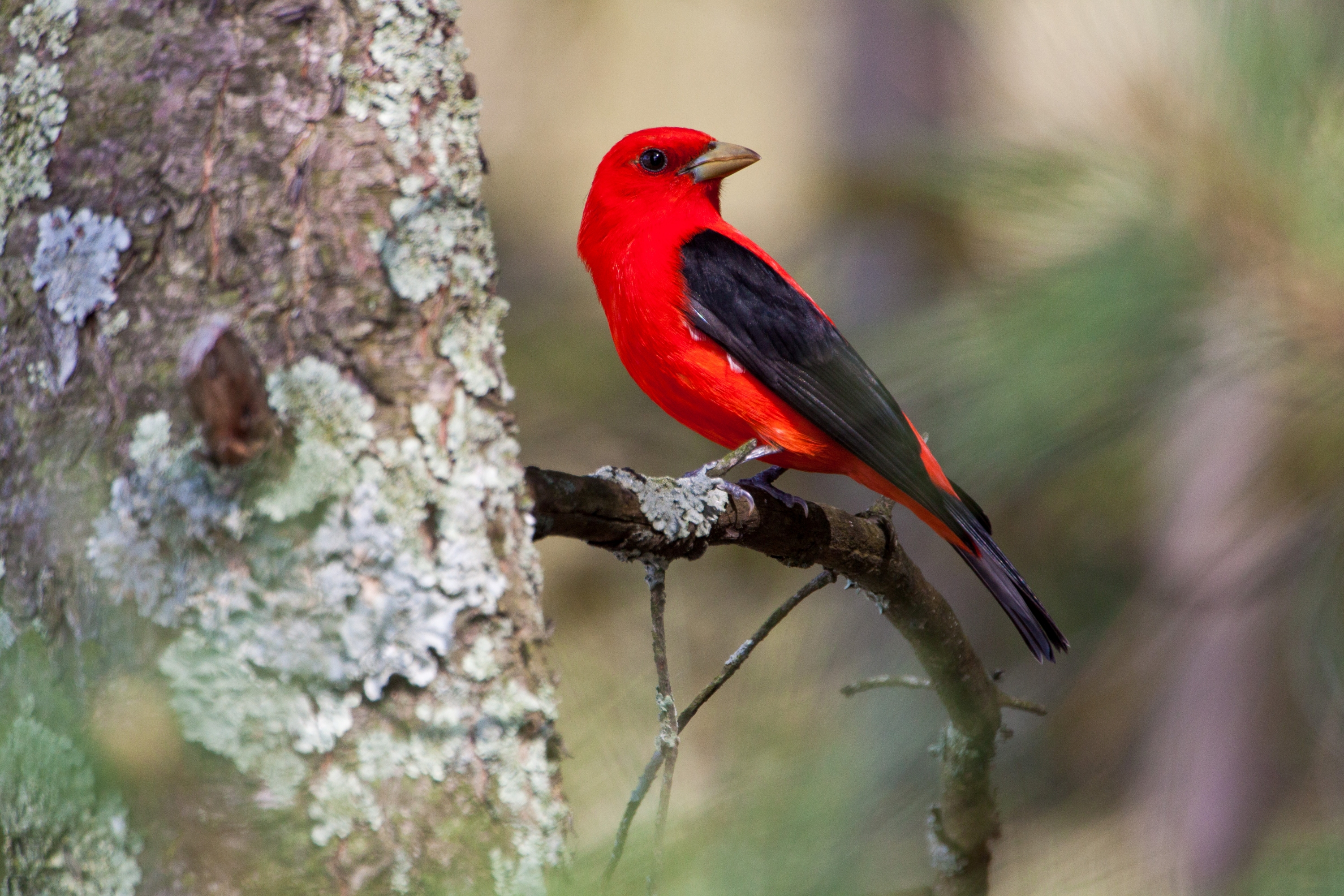The Nature Conservancy and Partners Recognized for Bird-Friendly Management at Connecticut Forest
Audubon’s Bird-Friendly Maple project recognizes sugarbush habitat management practices that benefit declining birds.
Media Contacts
-
Susan Wollschlager
The Nature Conservancy
Phone: 203-209-6218
Email: s.wollschlager@tnc.org
Centennial Watershed State Forest, co-managed by The Nature Conservancy together with CT DEEP and Aquarion Water Company, has been recognized by Audubon’s Bird-Friendly Maple project for its management of a seven-acre sugarbush in the forest’s Means Brook Watershed Block in Monroe.
Through the Bird-Friendly Maple project (a collaborative effort between Audubon, Cornell, the New York State Maple Producers Association and the Maple Syrup Producers Association of Connecticut) they manage their sugarbush—the forest area where maple syrup is produced—in ways that provide more resilient bird habitat.
“We’re so pleased that this site in Centennial has been recognized for providing high-quality bird habitat in addition to its contributions to maple syrup production. But it’s not just about this outcome—it’s also about a commitment to active forest management that results in a more resilient and productive forest over time,” says Cynthia Fowx, TNC's director of Saugatuck Preserves in Connecticut.
As a recognized sugarbush, this area of the state forest is managed in ways that help these birds raise the next generation of their species.
What makes a bird-friendly sugarbush?
- Young trees and shrubs provide cover, food and nesting sites for black-throated blue warbler and wood thrush.
- Snags (dead trees) are left standing to provide nesting sites for woodpeckers and white-breasted nuthatch and insects for scarlet tanager.
- Downed trees and other woody material are left on the forest floor for birds like the ovenbird and ruffed grouse to take cover, nest and forage.
To meet these enhanced habitat goals, intervention is necessary. This acreage is part of a long-term forest management plan that incorporates timber harvesting to support a more diverse, resilient and healthy forest. Treatment of invasive plant species, thinning of the canopy to encourage regeneration, and other harvest strategies are all important elements in our plan to support wildlife, habitats and safe, reliable drinking water supply objectives.
“Sugarbushes don’t just make for great maple syrup: As the production season winds down, they become nesting and foraging habitat for declining songbirds like the scarlet tanager and wood thrush. On a wider scale, healthy forested landscapes provide benefits like carbon sequestration and storage and watershed protection. By creating a more structurally and biologically diverse sugarbush, maple producers can play a vital role in conservation that benefits birds and people,” said Suzanne Treyger, senior forest program manager for Audubon Connecticut and New York.
The Nature Conservancy is a global conservation organization dedicated to conserving the lands and waters on which all life depends. Guided by science, we create innovative, on-the-ground solutions to our world’s toughest challenges so that nature and people can thrive together. We are tackling climate change, conserving lands, waters and oceans at an unprecedented scale, providing food and water sustainably and helping make cities more sustainable. The Nature Conservancy is working to make a lasting difference around the world in 81 countries and territories (40 by direct conservation impact and 41 through partners) through a collaborative approach that engages local communities, governments, the private sector, and other partners. To learn more, visit nature.org or follow @nature_press on X.
